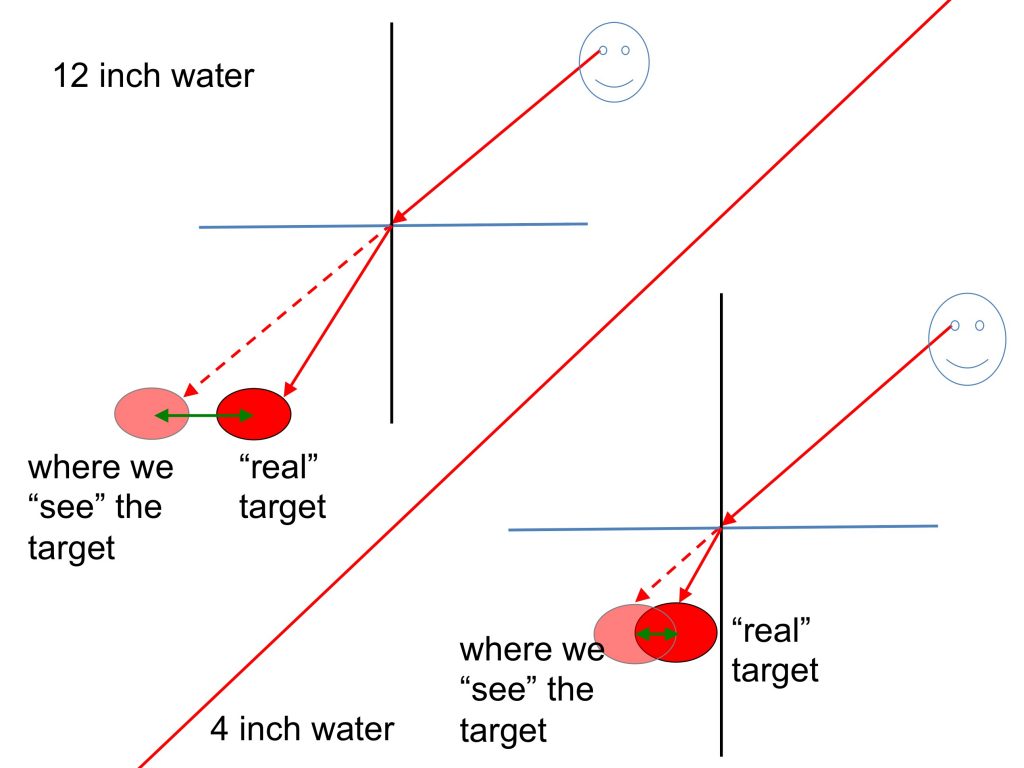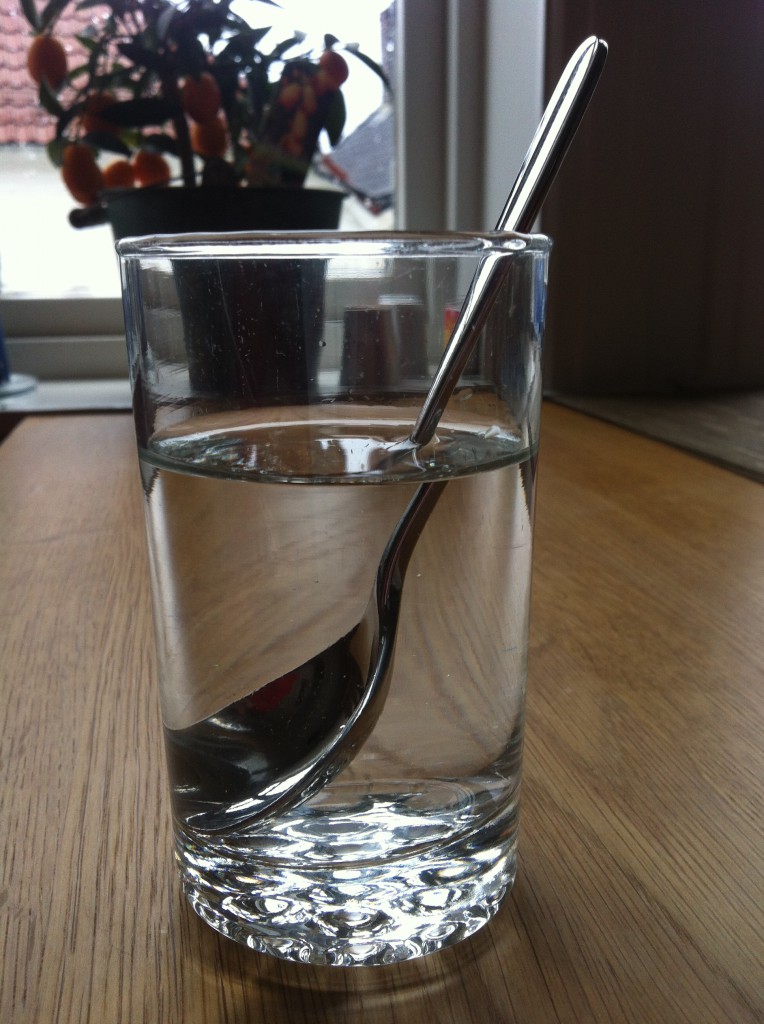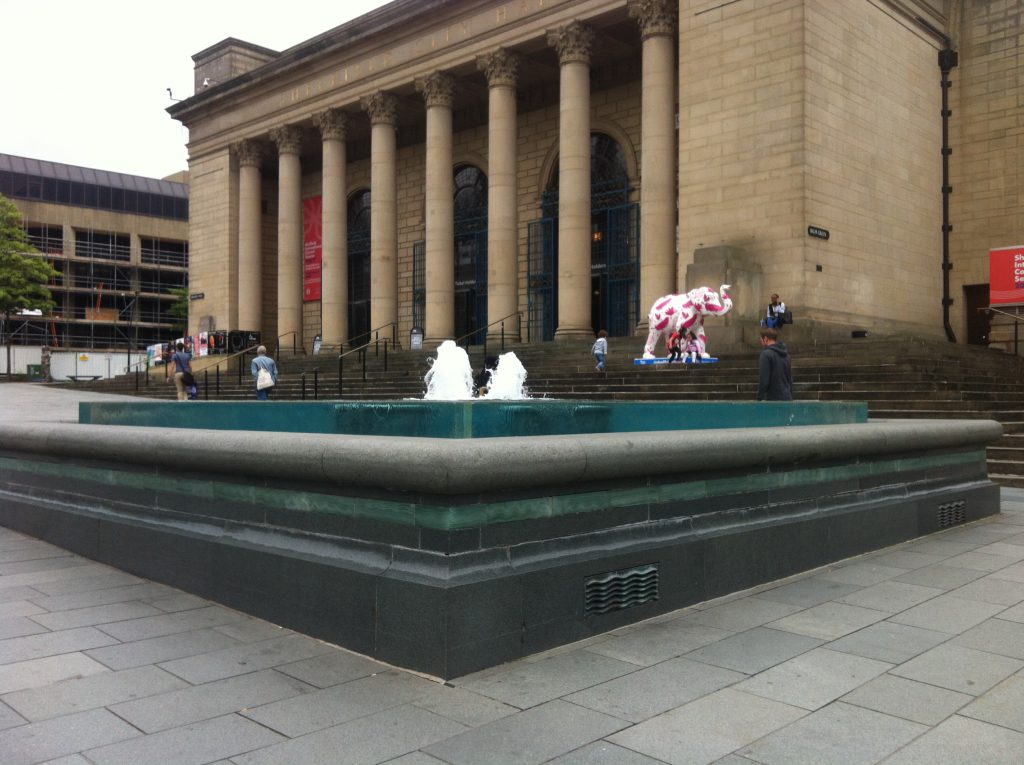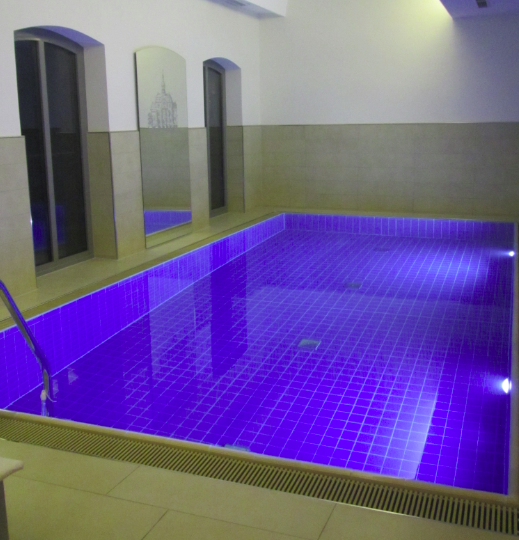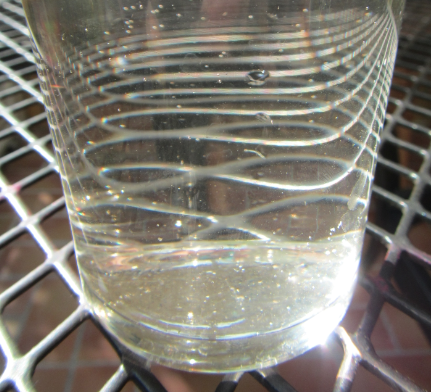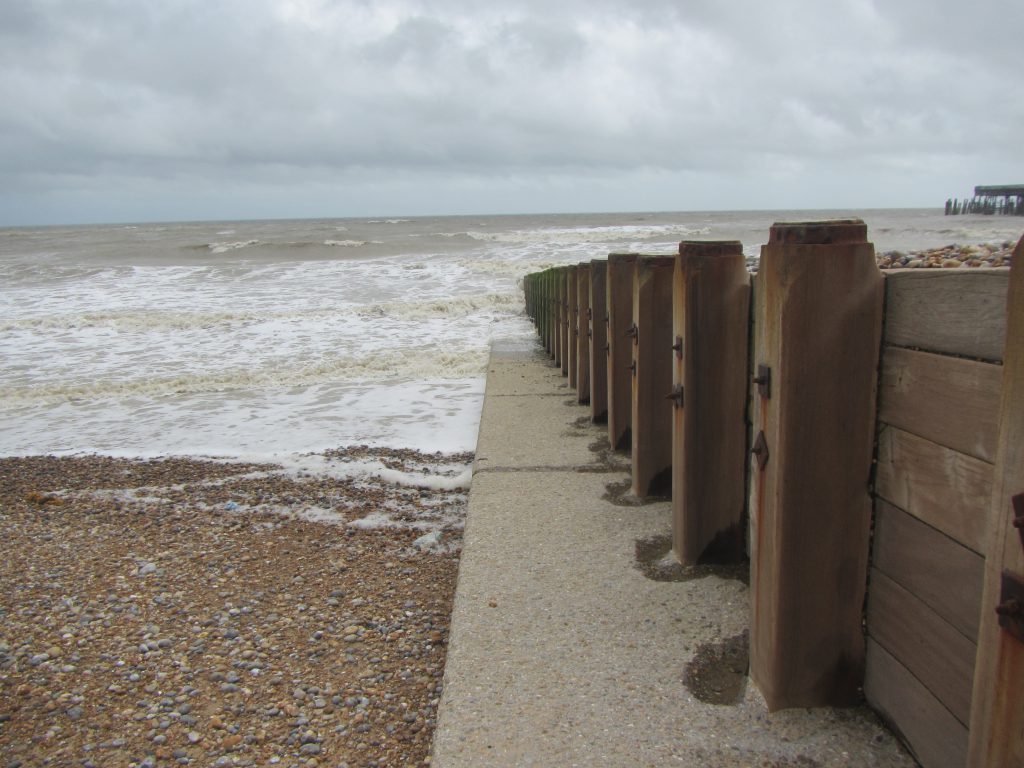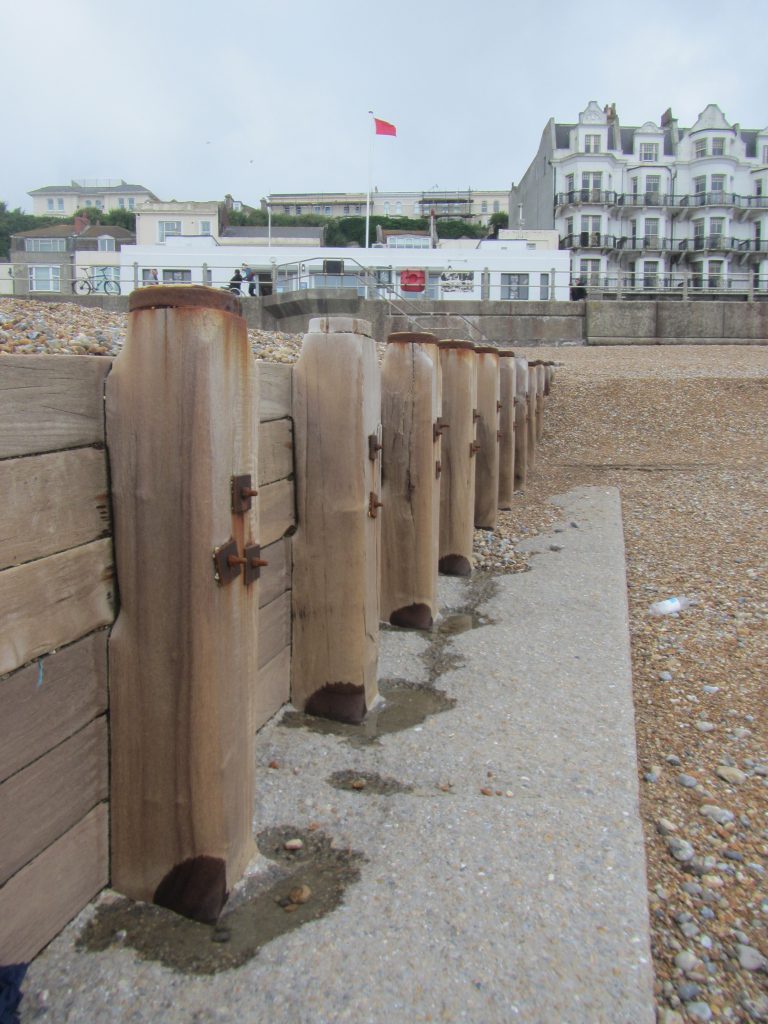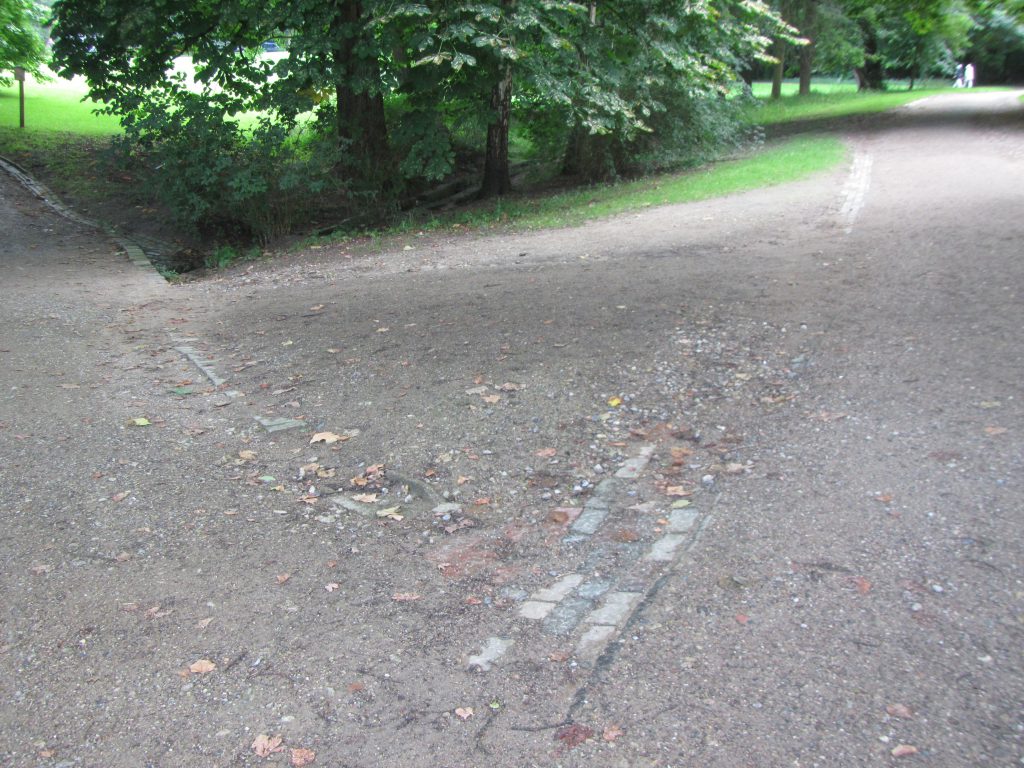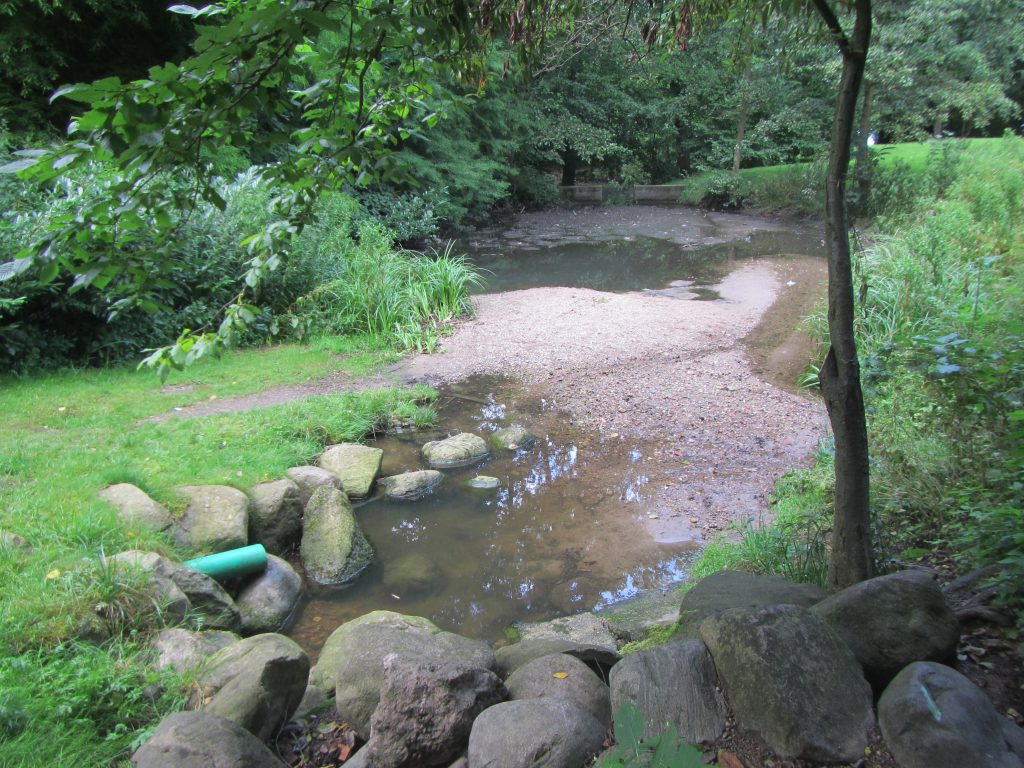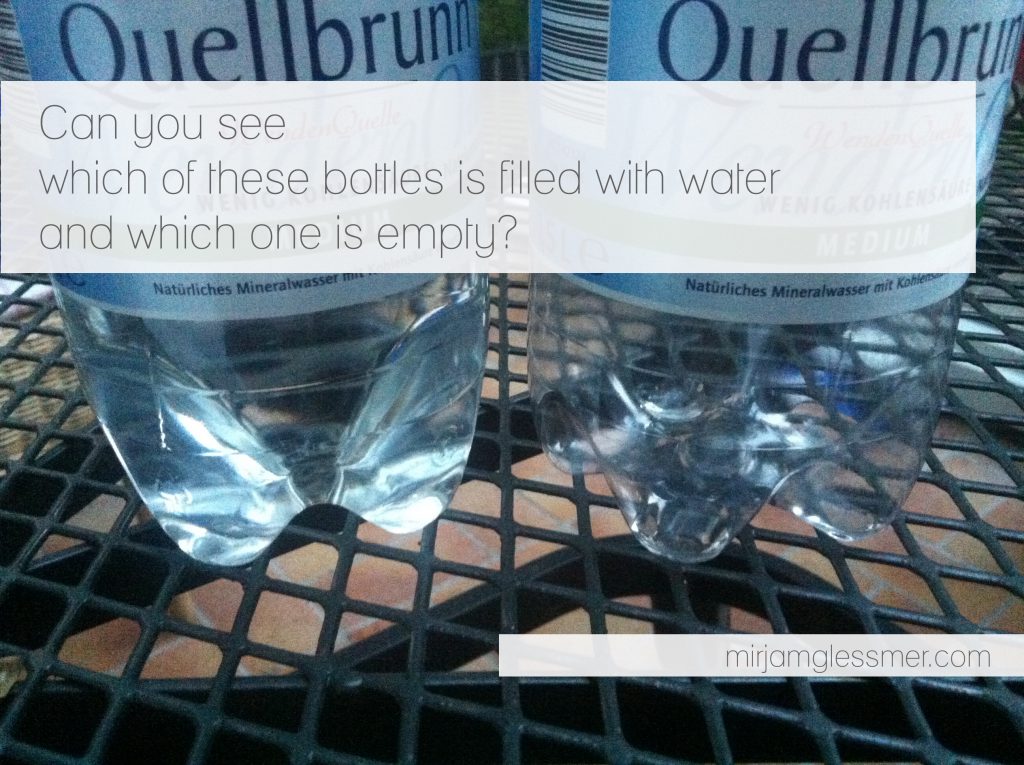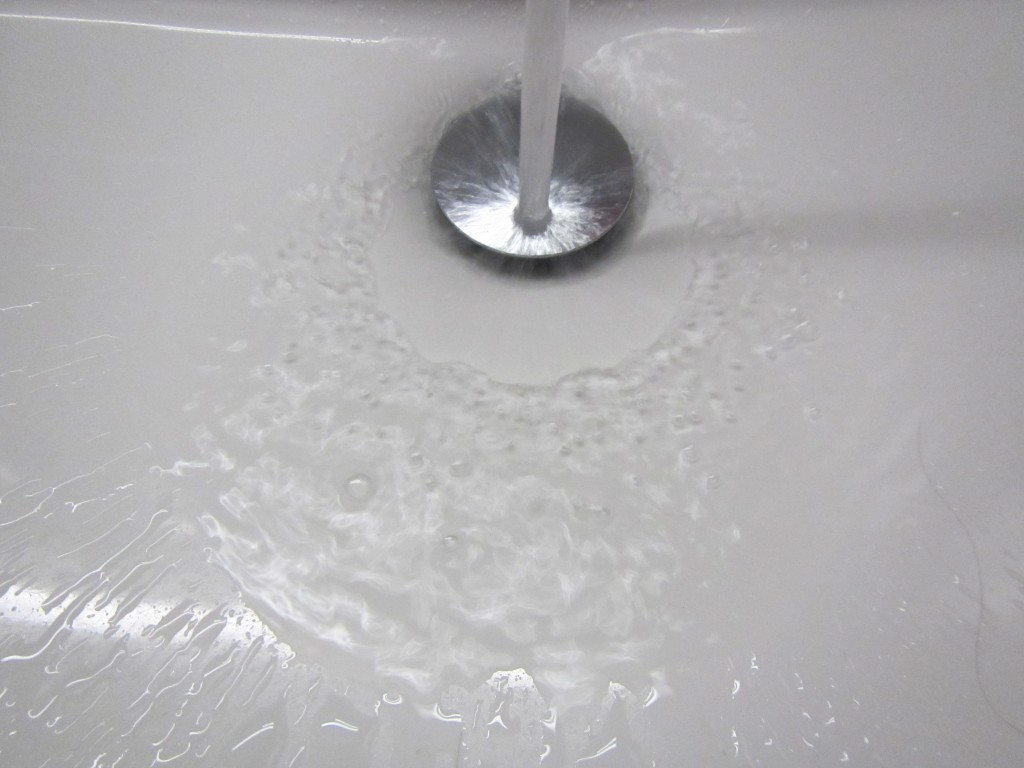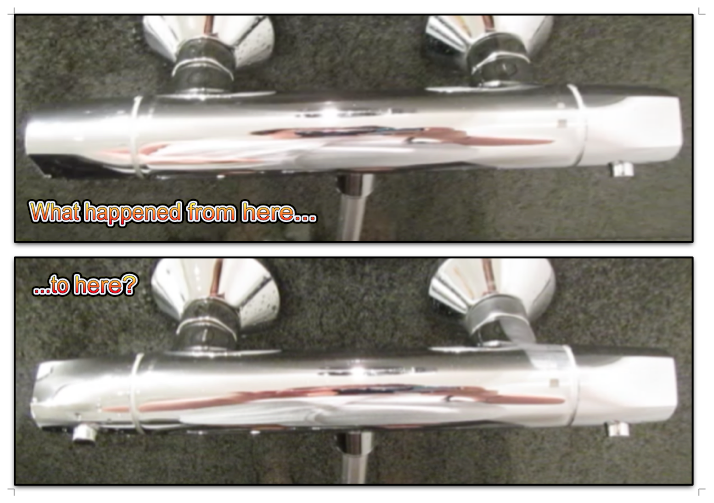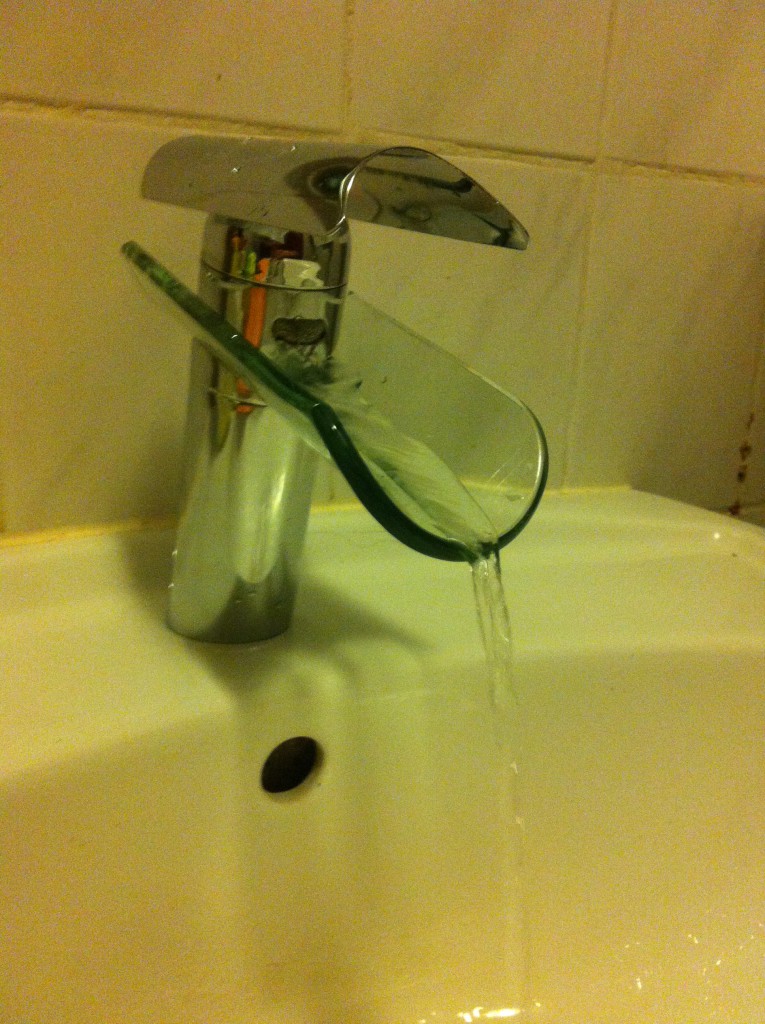I was waking along Kiel fjord one morning and noticed a stone “jump” on the ground as waves went over it (and actually, that observation was the motivation to dive into stuff from the last post, too).
I think the stone only looked so curious because the rest of the ground was uniformly sandy and hence didn’t seem to move.

So seeing that jumping stone made me want to draw the optical path, which I’ve animated for you here:
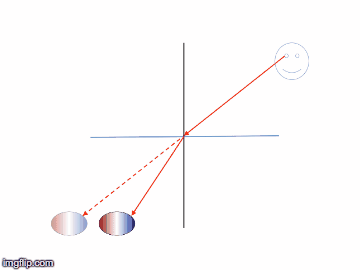
Funny. I think in physics class in school, I would absolutely have hated it had I gotten the task to draw all those different diagrams, and here I really enjoyed it. Maybe because of that jumping stone? Would the right motivation have helped me as a kid to get interested in this? I think it wasn’t that I was not interested in physics, but it would never have occurred to me to sit down on my own to sketch optical paths or anything like that. Now if I could figure out what changed for me, maybe we could use that to make other people interested in physics, too?
